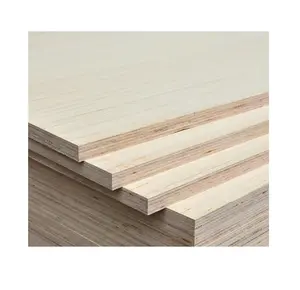



















Tongue and groove plywood is a specialized form of ply that has found extensive usage in various industries due to its unique design and construction. This type of plywood, often referred to as tongue and groove ply or tongue groove plywood, features a ridge or tongue on one edge and a slot or groove on the other edge. When two panels are joined, the tongue of one panel fits into the groove of the adjoining panel, creating a seamless and strong connection.
There are different types of tongue and groove plywood available in the market, each designed for specific applications. The 3 4 tongue and groove plywood is commonly used in flooring and roofing applications due to its thickness and strength. On the other hand, the 23 32 tongue and groove plywood is often used in wall sheathing and subflooring because it provides a solid, stable base. Another variant is the tongue and groove treated plywood, which has been chemically treated to resist moisture, rot, and insect infestation, making it ideal for outdoor applications.
The unique design of tongue and groove flooring plywood and tongue and groove subfloor plywood makes it a preferred choice for various construction and home improvement projects. It finds extensive usage in flooring applications where the interlocking design ensures a flat, stable, and squeak-free floor. tongue and groove subfloor is also commonly used as a base layer under the finish floor materials. Furthermore, the tongue and groove sheathing is used in roofing and wall applications to provide strength and rigidity to the structure. The treated version of this plywood is commonly used in outdoor applications such as decking and garden structures.
Tongue and groove plywood is constructed from multiple layers of wood veneer, glued together under high pressure. The edges of the plywood are machined to form the tongue and groove joint. The type of wood used in the construction of this plywood varies, but commonly used species include pine, fir, spruce, and hardwoods such as oak and birch. The selection of wood species impacts the strength, appearance, and cost of the plywood. The adhesive used to bond the layers of veneer is usually a waterproof phenolic resin, adding to the durability and moisture resistance of the plywood flooring tongue and groove.
Tongue and groove plywood with its unique design and construction offers a strong, stable, and seamless connection, making it an excellent choice for a variety of applications. Its versatility and durability have made it a preferred choice in the construction industry. Whether for flooring, roofing, wall sheathing, or outdoor structures, there's a type of tongue and groove plywood to fit the specific requirements of every project.